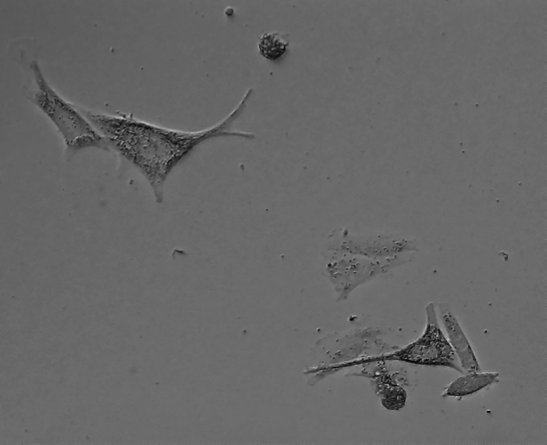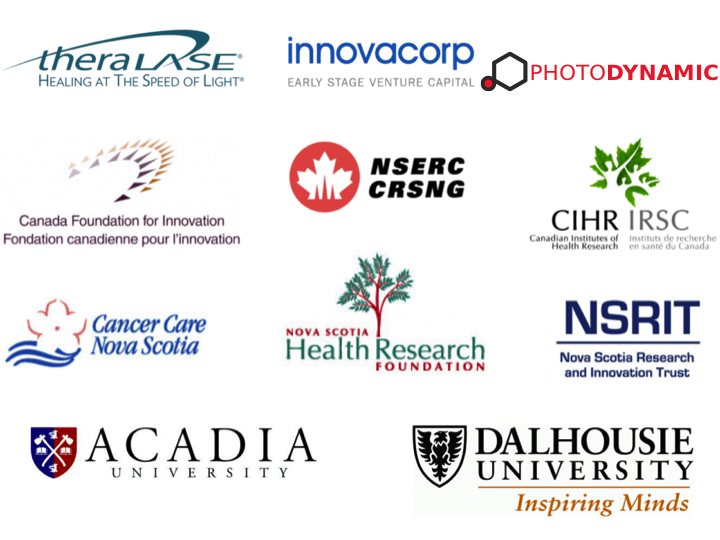
Our research is aimed at developing new photoactive drugs (in combination with light sources and protocols) as anticancer agents (known as photodynamic therapy, or PDT) and as antibiotics (known as photodynamic inactivation, or PDI). The use of light in combination with molecules (photosensitizers, or PSs) has long been exploited in medicine, from diagnostic imaging to restorative dentistry. However, the development of PDT and PDI lag by comparison, and these techniques are far from mainstream. While PDT in particular has shown remarkable promise against certain cancers, its widespread use is limited by the relatively few PSs that have been approved as clinical agents and a lack of attention to the importance of the light source and protocol in determining the success of PDT. Moreover, PSs are most often developed in isolation from their end use, and the one-PS-for-all-applications approach has sold PDT short. Our approach is tumour-centred and is necessarily multidisciplinary: our group consists of students and researchers from chemistry, physics, biology, and biomedical engineering. We use tools from synthetic chemistry, photophysics and photochemistry, microscopy, cell culture, and laser spectroscopy in order to develop new PSs in combination with light sources and protocols for very specific PDT and PDI applications.
Support

